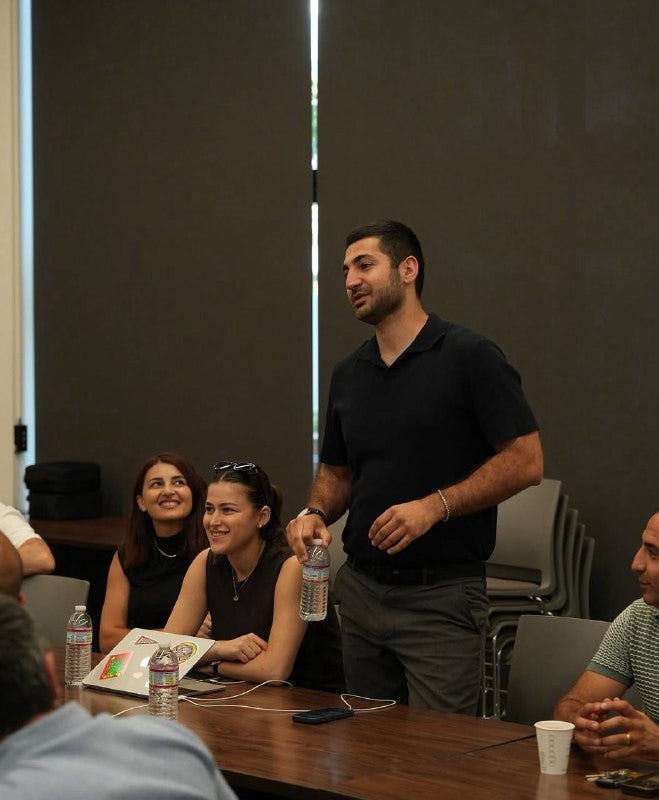
Finding Your Place in the Design World: UI/UX or Product Design?

Exploring the subtle differences, shared responsibilities, and what it all means for your growth as a designer.
When I first stepped into the world of design, I had more questions than answers — especially when it came to job titles. What’s the real difference between a UI/UX designer and a product designer? Are they separate paths or just different names for the same thing? Early on, I found myself in that confusing middle ground, trying to figure out where I truly belonged.
Over the years, I’ve had the chance to work across different sides of design — from hands-on interface work to shaping broader product strategies. I’ve also led panel discussions and conversations with other designers, where this exact question came up again and again. Those experiences not only deepened my understanding, but also reminded me how many others are navigating the same questions. So, I decided to share what I’ve learned — not from theory, but from the day-to-day reality of building, testing, presenting, and collaborating.

Two roles, two angles
Let’s talk about UI/UX design first. When someone says they’re a UI/UX designer, what they usually mean is that they focus on how things look and feel — and just as crucially, how they work.
In simple terms:
- UI (User Interface) is about the visual layer — colors, fonts, layouts, and how users interact with elements on a screen.
- UX (User Experience) dives into how intuitive, useful, and smooth the experience feels. This includes research, wireframes, user flows, testing… all the invisible work that makes a product easy to use.
From my experience, UI/UX designers spend a lot of time collaborating with developers and stakeholders, making sure that designs serve both people and business needs. It’s a role that requires both creative and analytical thinking.
Now, about product design…
A product designer, while doing much of the above, also takes a wider view. They’re often more involved in shaping the direction of the product itself — not just how it works, but why it exists and where it’s headed.
Here’s what I’ve seen product designers typically take on:
- Digging into product goals, business requirements, and long-term strategy.
- Collaborating closely with product managers and engineers to connect user needs with company objectives.
- Thinking ahead about how features scale, how they evolve, and what problems they solve.
It’s a role that blends design with strategy — a bit like being a translator between vision and execution.
The blur between roles
These days, I’ve noticed more and more companies hiring for hybrid roles. UI/UX designers are stepping into strategy; product designers are jumping into interface work. The lines aren’t as clear as they used to be.
There’s even a name for this kind of designer — a T-shaped designer. That means having deep expertise in one area (say, UX research or visual design), but also being comfortable working across disciplines.
Here’s how I’ve learned to look at it:
- If your daily work revolves around layouts, usability, and interface polish — you’re probably working as a UI/UX designer.
- If your mind is often on user needs, feature priorities, and how the product fits into the bigger picture — you’re likely thinking like a product designer.
- And if you find yourself doing both? You’re not alone. More and more of us are living in that space in between.
In the end…
Titles are helpful, but they’re not everything. What really matters is the value you bring — how well you solve problems, how clearly you communicate ideas, and how much you care about the people using what you build.
So whether you lean more toward UI/UX or product design (or somewhere in the middle), just keep learning, stay curious, and keep creating things that make a difference.
